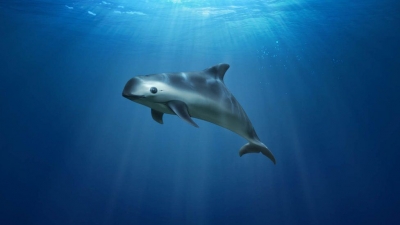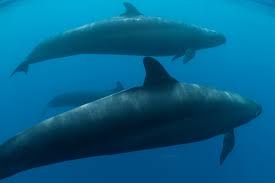Which marine mammal is currently the most endangered?

The vaquita, the world’s most endangered marine mammal, has edged closer to extinction. There are no more than around 10 of the small porpoises still alive, a committee of conservation scientists concluded in a report published yesterday, down from 30 in 2017 and around 600 two decades ago.
Worse still, their number could have fallen further, as the campaign group Sea Shepherd reported yesterday that one of its vessels’ crews had found a dead animal they believed is a vaquita. The animal hasn’t yet been formally identified but a necropsy is under way and results are expected today, the group told New Scientist.
The porpoise is found only in the northern Gulf of California, where it has retreated into the southwestern corner of its refuge. The species’ decline has been driven by demand in China for the swim bladder of the totoaba fish, which fishing vessels catch with illegal gill nets, hanging curtains of netting. Vaquita can become entangled in these nets.
Despite efforts at international forums to save the porpoise, the International Committee for the Recovery of the Vaquita (CIRVA) estimated the species had declined by 50 per cent in the past three years. “This precipitous population decline has continued despite the actions taken by the government of Mexico,” according to the report by the committee, which advises Mexico on the species.
Credit : Newscientist
Picture Credit : Google

